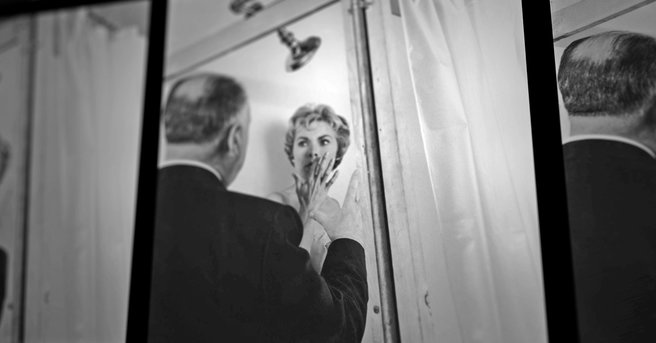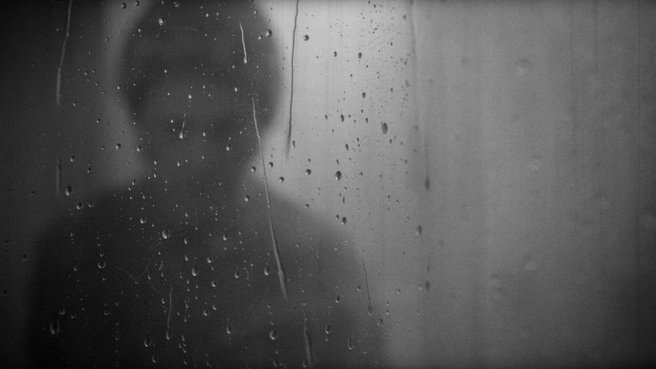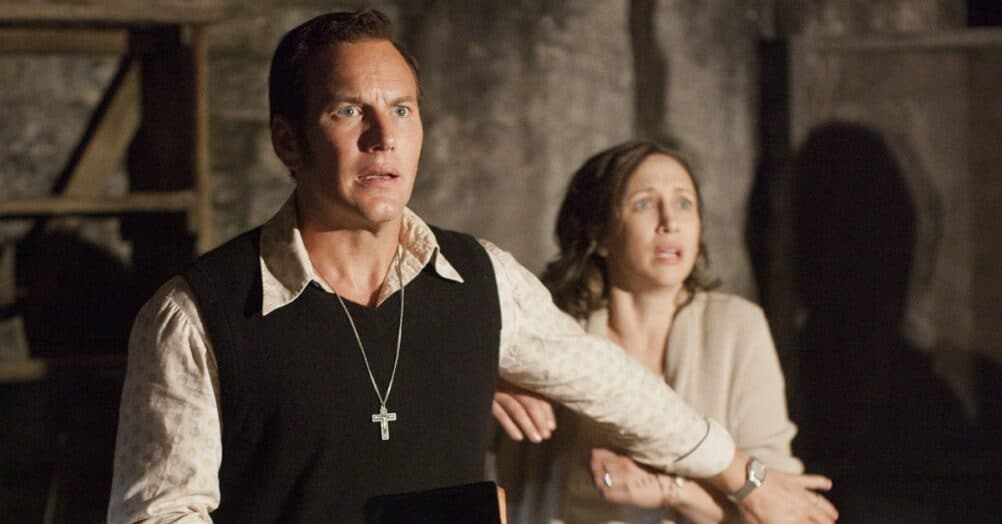Last Updated on July 30, 2021

PLOT: An in-depth examination of Alfred Hitchcock’s approach to filming his 1960 masterpiece, PSYCHO, specifically, the infamous shower scene.
REVIEW: One can’t help but feel the influence of ROOM 237 on director Alexander O. Philippe’s 78/52. No mere PSYCHO making-of, territory that’s been (too) well-mined over the years with books, docs and even a feature-film, HITCHCOCK, devoted to the subject, this takes an art-doc approach. The subject matter is largely confined to the infamous shower scene and its effect on modern cinema.

A rather serious look that approaches the film in a quasi-academic way, there’s a bit of a problem with 78/52, and it’s that Hitchcock, were he alive, would probably dismiss many of the interpretations given. A magnificent director, he nonetheless never took himself as seriously as someone like Stanley Kubrick, nor was he enigmatic enough to merit that kind of treatment. A master showman, he was as comfortable in front of the camera as any of the talking heads interviewed here, from Eli Roth to Elijah Wood and Bret Easton Ellis. Thus, the more in-depth discussion, comparing the scene to baroque art and such, feels like reaching. Scholars may disagree with me, but after years of studying Hitchcock myself, both academically and on my own time (through dozens of books, docs and exhaustive multiple viewings of his films), I honestly don’t believe Hitch had anything more in mind then scaring the shit out of people.
All that said, 78/52 is consistently interesting and intelligent. Shot in black and white, with the interviewees filmed against the backdrop of a Bates Motel interior, there are some really good bits, such as a recreation of the shower scene as depicted in Robert Bloch’s original novel, and an interview with Mali Renfro, who was star Janet Leigh’s stand-in.
The film also, wisely, examines the way Hitchcock killing off his star mid-way through the film influenced pop culture, with THE INVITATION’s Karyn Kusama theorizing that it was a heavy influence on the first season of “Game of Thrones” in how they set up Ned Stark’s death. Jamie Lee Curtis, Leigh’s daughter and a scream queen herself, is also on-hand to discuss her mother’s performance, and it’s a nice touch.

Philippe also examines the work of Hitchcock’s contemporaries, like Henri-Georges Clouzot and Michael Powell, who’s own PEEPING TOM covered similar ground but virtually ended his career in the UK. All that said, not a huge amount of new territory is covered that wasn’t explored in the 2 hour plus doc you can find on the PSYCHO DVD from Laurent Bouzereau, who covered this all exhaustively in a more straight-forward way, which I suspect Hitchcock might have appreciated more.
All in all, this is a good documentary, but I’d hesitate to recommend it to people that are new to Hitchcock’s work, as I don’t feel it gives an accurate representation of his craft. I must admit to also being put off by a factual error that places his 1940 classic FOREIGN CORRESPONDENT, as having been shot in 1943, the difference being that in ’40, the U.S was not in WW2, while in ’43 they were, placing the scene they show from that film in a radically different context than was intended. It’s a small mistake, but it’s a serious one that hurts the film in the eyes of hardcore Hitchcock buffs – the very audience I imagine is being courted here.

















Follow the JOBLO MOVIE NETWORK
Follow us on YOUTUBE
Follow ARROW IN THE HEAD
Follow AITH on YOUTUBE